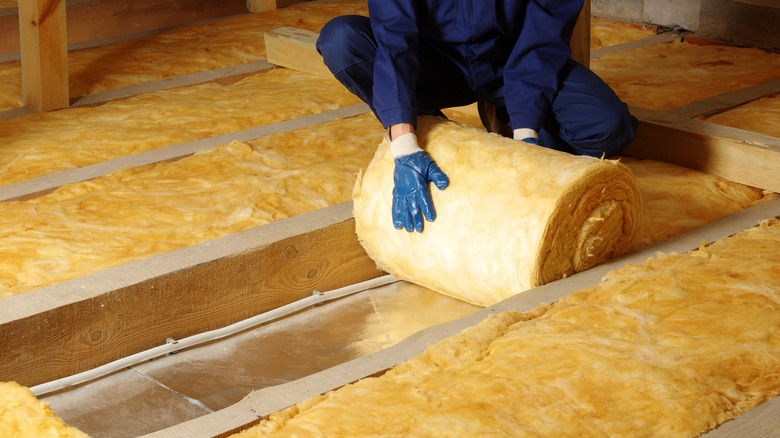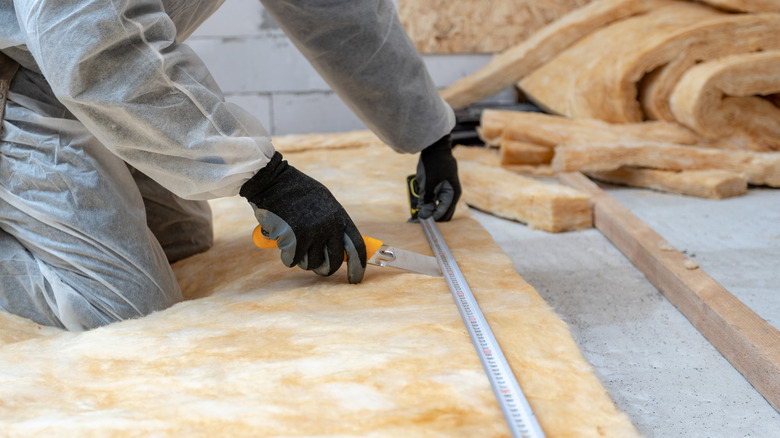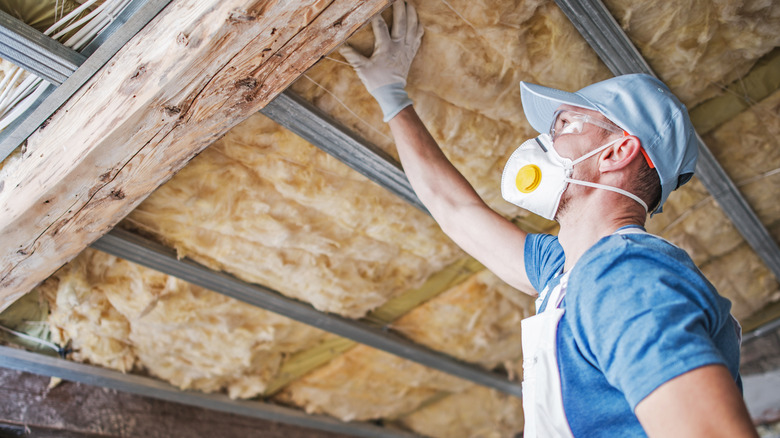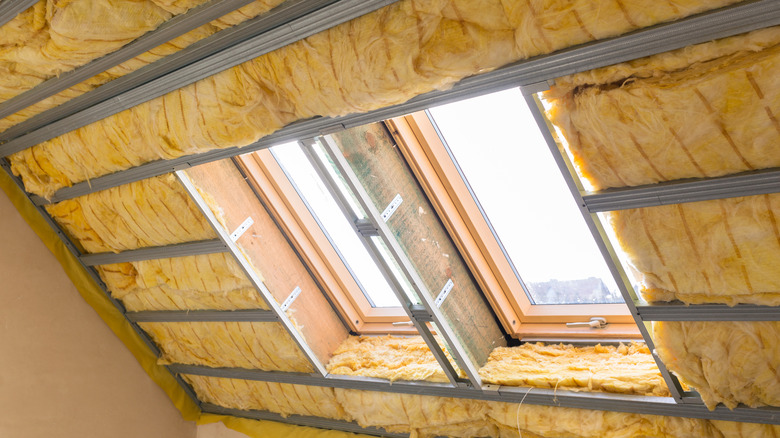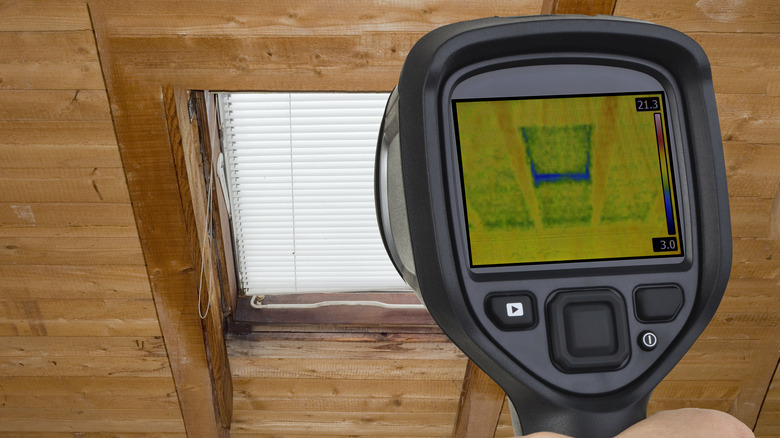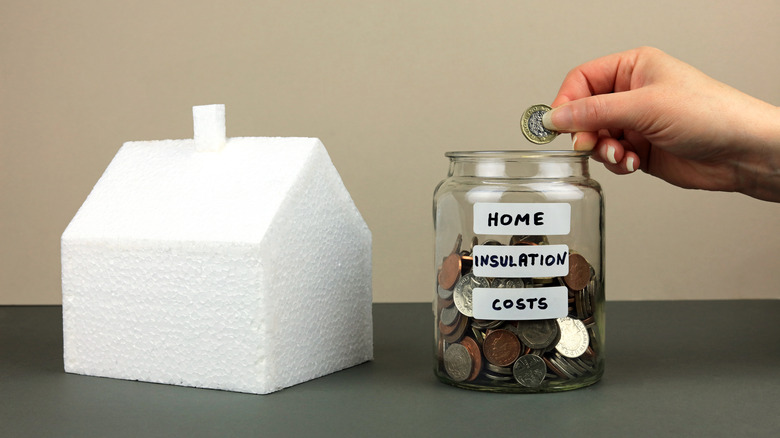How Much Does It Cost To Insulate An Attic?
Whether you're constructing a home that requires new insulation or replacing old material from an existing house, choosing the right product for the attic is essential. So, how much does it cost to insulate an attic? According to Home Advisor, prices may range from about $1,500 to $3,500, with a national average of approximately $2,500. As it costs about $1 to $7 per square foot, prices may also vary depending on the size of your attic, the type of insulation material, R-value, the intricacy of the job, and the location of your home. But why should you add or replace insulation in your attic? Look to the Egyptians: They established insulation practices by protecting their structures with thick stones comprised of mud that would help restrict daytime heat while conserving warmth at night. Since the early 20th century, cellulose has become one of the most significant insulation materials still used today; other popular choices include fiberglass and foam.
Overall, attic insulation assists in the protection of your entire home by reducing utility costs, improving indoor air quality, and slowing down heat accumulation, moisture and mold within walls and roof shingles, per ARS Rescue Rooter. When you establish a budget, decide whether you're doing it yourself or hiring professionals. Depending on your project goals, the cost will inevitably be more based on labor and materials when done by the pros. If you want to get a better idea of how much it would cost to insulate your attic, read on!
Factors for costs
The cost to insulate your entire attic will vary significantly from house to house, depending upon these factors:
Size of your attic
Attics vary in size depending on the house. To determine how much insulation is needed, start by measuring your attic's square footage. On average, the price per square foot is $1 to $4, or a total cost between $1,000 to $2,100. Your insulation should also have a certain buoyancy or R-value. Measure your existing insulation, including its depth, if you want to install a new layer over the old. Dispose of any previous material that appears moldy, stained, or ruined. For homes built prior to 1990, get it checked for asbestos if it appears lightweight, grainy, or contains shiny specks, per This Old House.
Materials and labor
Another factor within your total cost to insulate depends upon the material chosen. Insulation materials often include cellulose, fiberglass, cotton, mineral wool, or other recycled fibers. According to Bob Vila, fiberglass batt is the most common type to install, with prices that range from approximately $2 to $4 per square foot. Blown-in (or loose-fill) insulation is the top eco-friendly choice, and it also adds R-value to insufficient layering. Finally, spray foam is one of the most expensive, ranging from $2 to $5, along with structural panels at $4 to $7 per square foot.
Location and climate zone
The geographic location of your home and the climate that exists both have a substantial effect on determining how much insulation your attic will need. Based on your home's R-value, cooler climates require a higher number, and warmer climates a lower one. The Department of Energy suggests these numbers in determining your target R-value: R-30 (hot), R-38 (temperate), and R-49 (cold), per This Old House. This step will help you decide what to purchase without spending too much or not enough.
Labor: DIY or hire the pros
Applying insulation into your attic is a common do-it-yourself job but can get messy and complicated, depending on your home renovation requirements. According to Home Serve, doing it yourself can save you 10% to 50% on your energy bill, but it's important to establish everything you'll need to finish the job correctly. For DIYers, loose-fill or batt insulation is commonly used at $2 to $5 per square foot. Spray foam and structural panels may require better assistance from a professional ($7 per square foot), including labor costs ($70 per hour or more).
Additional costs
When working on a home project, there are always unexpected costs that may come up. Here are a few to be aware of:
Prep work and repair
Make sure to clear out the entire attic space before replenishing it with new insulation. Again, if your existing insulation is dry and does not appear damaged, you might be able to apply a second layer without removing it. However, do remove any wet pieces, as it can lead to mold and mildew growth, RGB Construction says. If any drafts are detected, make sure they get sealed properly; this can add additional costs. Also, be aware of any repairs that may need attention that might require professional help, like rotting wood, including broken floorboards or beams.
Equipment
If you decide to insulate your attic yourself, you'll need a blower machine for the blown-in material. Check your local home improvement store or rental yard; the price to rent will range from a few hundred to a few thousand dollars, depending on the length of time needed. For example, a full day's rental from a home improvement store may cost $50, with rental yards being more expensive at $205 per The Spruce. If you go a step further, purchasing a blower will also vary from $4,000 to $16,000, depending on the size, weight, and brand.
Inspection and Removal
Before adding new insulation, it's vital to inspect the attic for potential harm like asbestos, mildew, mold, or even pests. If your home was built prior to the 1980s, the present insulation could likely contain asbestos. This type of inspection and service may cost between $300 to $1,000. Animals and insects can sometimes make their way through to the attic as well, which could directly damage the insulation with urine and droppings, including bugs that lay their eggs inside of the material, per Gary's Wildlife. In light of this, make sure to examine your insulation every few months.
Types of insulation and services
When insulating your attic, there are several decisions to make, like choosing the right material and services. Here are a few to explore:
Different types of insulation
There are a few main varieties of attic insulation to choose from, including blown-in, batt, or spray foam. Made of recycled materials like cellulose and fiberglass, blown-in is an affordable option that is perfect for filling small spaces and gaps using a blower machine. This insulation type may also last up to 25 years. Batt insulation is presented in large blanket-like rolls and — the least expensive choice to install yet — has a lower R-value per square inch (2.9 inches to 3.8 inches), and it may need additional layers. Spray foam is a great barrier against sound and is a high-quality material often used in newly constructed houses, Home Serve notes. In addition, an uncommonly used type is structural insulated panels, which are suitable for roof decks and rafters, or if transforming an attic into a living space.
Professional insulation services
If you're going in the direction of hiring a professional insulation service, search online for "insulation companies near me." This will bring up the top few companies to consider. Similar costs may apply per square footage, along with the type of insulation if doing it yourself but add on the labor and installation. Labor costs might vary depending upon your area and run from $0.25 to $0.50 per square foot; urban companies will charge more than rural locations, Bob Vila also states.
Why you need new insulation
Besides helping to maintain suitable living conditions, insulation is designed to block out heat while letting the air conditioner and furnace function appropriately. Here are some signs you may need new insulation:
Age and condition
When installed properly, attic insulation can last for decades, depending upon the material used. Fiberglass may need to be replaced every 15 to 20 years, as it can become easily damaged by water, especially if there's a leak somewhere. Cellulose is more cost-effective, potentially lasting 30 years, yet can be susceptible to moisture and pests. Spray foam may be the most resilient. Its hardened material will not be easily deterred by the usual problems besides the potentiality of a fire or being penetrated, so it can last a very long time, per Attic Systems.
Original insulation
Many older homes may contain their original insulation. However, depending on the age of your home, vintage models may have other materials that are surprisingly present, like newspaper, bottles, and/or clothes within the walls and roofing. Although these items may have worked for some time in the past, today's insulation materials are much more effective.
Inspections
If your insulation looks adequate, but still want to be certain of its age and condition, look to a professional for an inspection, especially if you're purchasing a new home. According to Neighborly, about ¼ of an average home's heat escapes through the roof. An insulation contractor can check for unnoticed cracks and roof leaks, show you what the presence of mold and mildew might look like, and calculate the material's R-value status.
Benefits of insulating your attic
There are many reasons why you add or replace insulation in your attic. Consider these benefits:
Increases home value
If you're thinking of selling your home in the future, updating your attic insulation is an excellent way to add property value. Think long-term investment. By choosing energy-efficient upgrades, you might see a 2% to 6% increase, per HomeWorks Energy. Placing thick, fresh insulation naturally gives your attic a higher R-value, which fights against thermal variabilities and reduces utility costs.
Saves you money
Looking for an extra way to save money? A properly insulated attic may decrease your heat bill by 10% to 50%. Also, instead of placing storage bins and holiday decorations up in the attic to protect your space from harsh weather, add insulation material to the floor and the walls. The most coverage you incorporate will benefit your savings in the long run while stabilizing your home's overall indoor temperature with a cooling and heating bill.
Long-lasting
Different types of insulation have different lifespans. Unless damaged by moisture or wear, it can last 80 to 100 years in most houses before needing a replacement, per ACT Energy Savers. Prices of insulation may remain steady each year, yet fall might be the best time for installation because of the cool, dry temps, especially in preparation for the coming year. Whatever time you choose, being certain that your attic and insulation are functioning properly together is a means of energy-saving costs anytime.
